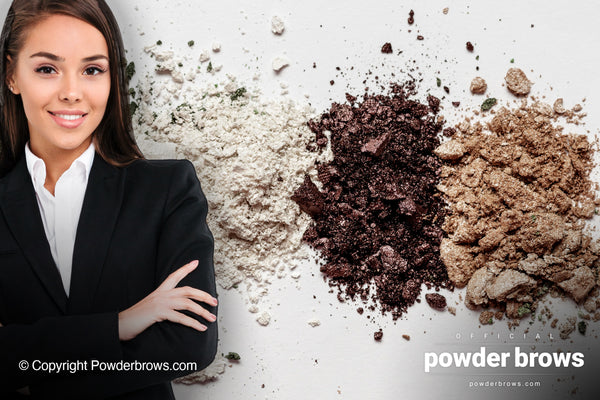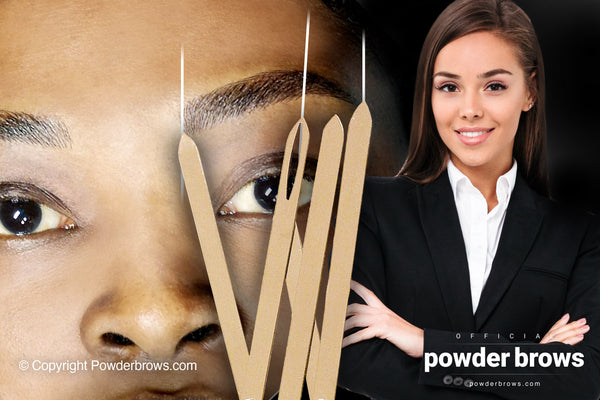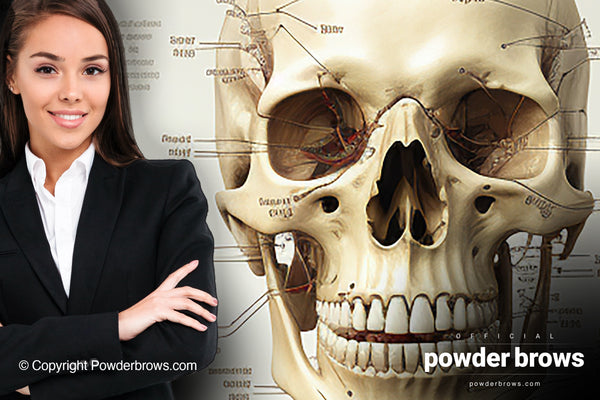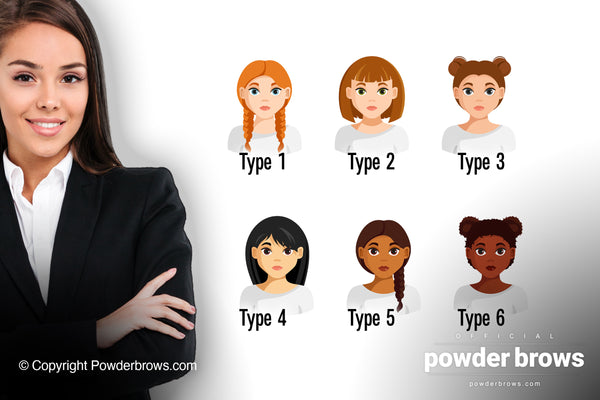14. Conclusions
In recent years, the microblading industry has seen significant changes, but one thing remains clear: microblading is still a relevant and effective method for brow pigmentation.
What defines modern microblading is its gentle, light, and minimally invasive approach. This allows for annual procedures without risking scars. It also opens the door to using inorganic or hybrid pigments with an inorganic base.
While the golden ratio still provides a useful guide for brow mapping, it's not set in stone. Artists should also consider the client's unique facial features and skull structure for a more personalized result.
In terms of brow shapes, the rules have become more flexible. For instance, artists can now opt for bolder, European-style Powder Brows, particularly regarding the lower brow line. The hair-stroke pattern has also evolved to be more natural, steering away from rigid, mirror-image designs. It's increasingly common to see PMU machines and Powder brow techniques used in tandem, creating what can be called "combo brows."
The process itself focuses on minimizing skin damage. It's become so gentle that many artists skip numbing creams altogether, especially if the client has no prior scarring from previous procedures. Skin butter is frequently used to prepare the skin, aiding in pigment flow. Yet, most pigment is introduced during gentle rubbing and long-lasting pigment masks.
Finally, microblading is now considered suitable for all Fitzpatrick skin types, including oily and thick skin. Artists often add warm modifiers, usually in yellow or olive shades, to the pigment mix when dealing with cooler or oily skin tones.
Similar articles
Similar videos








